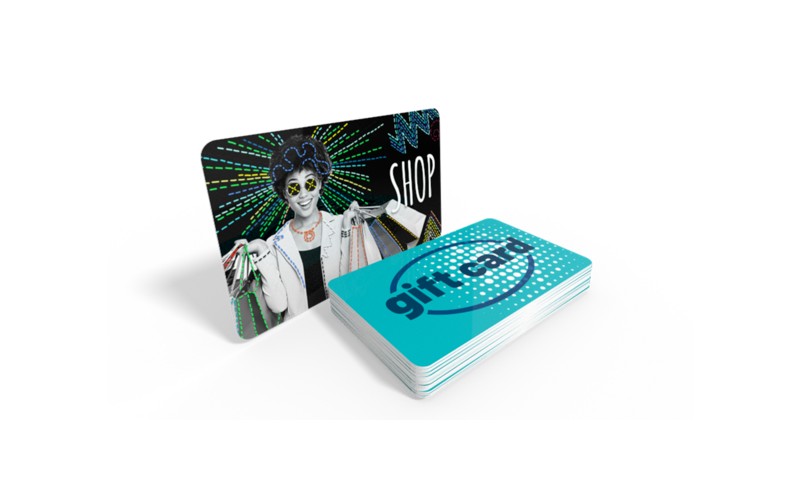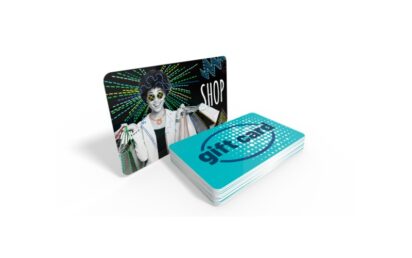RFID cards are also known as smart cards. If you look in your own wallet, you will probably find quite a few there, in your name.
They are used by banks, companies for their employees, but also in their marketing strategies. The main reason why they are so important, is that they are being used by most people, on a regular basis. Here is what you should know about RFID cards.
RFID cards: How they work
The goal of an RFID card is to send and receive data, without the necessity of contact. Simply by positioning it close to the reader, the information will be transferred to it, enabling the transaction (whichever it might be) to happen or be denied. The great advantage that they have, over the swipe cards with a magnetic field, is that they don’t get thorn by being inserted into machines. Therefore, it is very unlikely that such a card won’t work at any point in time, which is not true of magnetic cards.
There are many different qualities, in terms of memory and security. Some will only contain basic information that can be swapped, while others will be encrypted for a very high level of protection of the data found inside them. RFID cards by Wunderlabel are quite popular. They have found their way into various fields, from education to retail. It serves as an id or to be given entrance to particular locations. The world of marketing has become really attached to them, as well. The great thing about RFID cards is that you can easily change the information it contained, so you don’t have to order a new card, every time something changes.
What are RFID cards’ most popular uses?
We definitely have to start by mentioning bank cards. Nowadays, most of them not only have a chip, but also RFID inside them. That is what enables wireless payments while guaranteeing a high level of security for the card holder and the merchant involved in the transaction.
The second usage has to be the transfer of information that leads to open doors, inside a building. According to a person’s level of clearance, some doors will remain closed when waving an RFID card in front of them, while others won’t. These cards can be quite helpful to locate someone inside a building or to know how many remain inside, in case of a fire or another emergency situation.
Identification is certainly one of the characteristics most known for these cards. They are used by companies, schools and public service providers. They can provide access to documents and locations, or even to pay for meals and other products and services.
They can also be part of temporary events. Then, they usually serve as credentials. People will be able to go in and out of the event, simply by using the RFID card they were provided with, when registering.
Finally, let’s not forget gift cards. Their usage is similar to a bank card, as they serve to pay for products and services.


